Physical Address
304 North Cardinal St.
Dorchester Center, MA 02124
Physical Address
304 North Cardinal St.
Dorchester Center, MA 02124
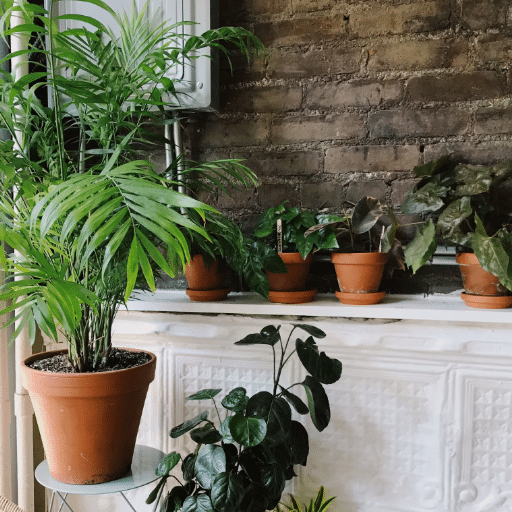
The beauty of indoor plants should not be confined by the lack of sunlight coming in through your windows. While your apartment might be small and dark, the low-light plants might still grow lush and healthy, turning the space into a beautiful indoor paradise. Such strong plants are suitable for those not-so-bright places where the other plants die, sharing with you, and your surroundings, life, beauty, and even fresher air. In the coming pages, we will guide you through an easy yet delightful journey of getting to know and picking the most suitable hardy plants for your home-the-call-of-nature-indoors! So no matter the amount of light your home gets, nature can always be inside it.
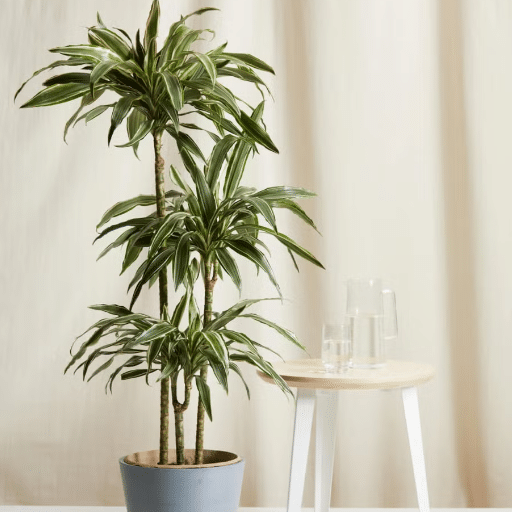
Low light conditions indicate places in a home or area where natural light is very little or indirect. These include places far from windows, rooms having small or shaded windows, or places getting filtered light through curtains or blinds. Though these conditions cannot sustain plants that need full sun, many low-light houseplants have adaption and thriving abilities in such places. To be sure of low-light plant success, position them in spots where some light can be seen during the day and keep them off total darkness. Comprehending the light requirement of each plant is the cornerstone for healthy growth.
Low light indicates minimal or indirect natural sunlight, which is usually found in north-facing windows, heavily shaded areas, or artificial-light-only rooms. Despite being deprived of direct sunlight’s strength, these places still provide enough light to support even the most delicate shade-tolerant plants. The essence of low light is characterized by the ability to read without extra artificial lighting during the day.
A frequent misconception about low light plants is that they can grow in pitch darkness. They are more resistant to low light conditions than other plants, but all still need some light, either natural or artificial, to perform photosynthesis and stay healthy. One more myth is that they are very easy to take care of. Even plants that tolerate low light do need to be watered, fertilized occasionally, and looked after periodically. The last example goes as far as to say that all low light plants thrive equally in all low light environments, which is not correct. There are differences in the tolerances of different species, and while some might still struggle in extremely dim settings without proper care, others will not. Getting a grip of such subtleties can encourage the establishment of healthier environments for low light plants to flourish.
While trying to find out low light areas in your home, check for spots where the sunlight is indirect or where shadows fall during most of the day. Rooms having north-facing windows, corners far from windows, or areas hidden by furniture or curtains are usually classified as low light places. Besides, it is possible to measure light levels with a light meter or simply observe reading comfort without needing a light source if the area is bright enough. Properly identifying these locations is crucial for making sure that any low light plants that might be put there will do well under the right care.
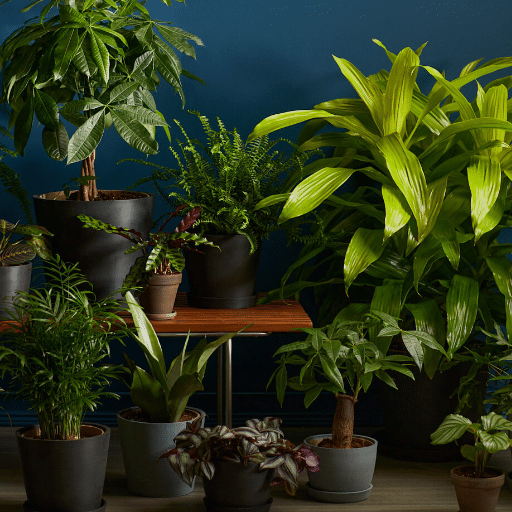
These plants are just the thing for spaces that lack direct sunlight with the added advantage that they are the least possible work to keep them alive while making your home more attractive.
Pothos, commonly referred to as Devil’s Ivy, is truly a versatile plant that requires very little care but still does well in almost all situations, thus, it is suitable for everyone, from beginners to experienced plant lovers. It can grow well in low-light areas, yet it still prefers the bright, indirect light for optimum growth. Not only is Pothos known for its air-purifying quality, but it also reliably accommodates and waits for the operator neglecting it occasionally. You can grow this vine either in pots, or hanging baskets, or even train it to climb up a trellis or wall while enjoying its lush green decor. Its splendidness and adaptability are the reasons why it is the most talked-about indoor plants that require minimum effort for their upkeep.
ZZ Plant is the acronym of its scientific name Zamioculcas zamiifolia and is one of the most valued plants for its extreme tolerances and low-care requirements. It is a tough plant that can survive in different places, even poor light conditions, and it does not mind if the soil dries out a little because it will get enough water from its sap-storing thick roots. So, it is indeed the perfect plant for people with busy lives or for those who are just starting on their plant care journey, as there is no need to water it often. Moreover, the ZZ Plant has this perfect combination of dark green glossy and thick leaves; thus, it is pleasing to the eye while at the same time doing the room air purifying job, giving an overall healthier indoor environment. It’s hardiness and attractiveness make it a plant that every home and office area likes to treat with great care.
The Philodendron is a commonly recommended indoor houseplant owing to its capacity to adapt effortlessly and its unassuming needs regarding maintenance. It grows exceptionally well in both soft and bright sunlight though indirect light remains its favorite condition which is the reason why it is perfect for most indoor places. Besides that, the Philodendron, with its graceful heart-shaped leaves and trailing vines, is all the more reason why the green and warmth of the area is increased in any room. Moderate watering is the requirement for the Philodendron, where slight drying out of the soil is the indication point for the next watering, and also it can also take neglect once in a while. Still, its potential to cleanse the air coupled with its versatility in coping with different environments, solidifies its reputation as a winner, especially among the novices and the less frequent plant fanciers.

Snake Plant (Sansevieria): Identified for its vertical, sword-like leaves, the snake plant is nearly invincible and blooms in low-light areas with little care. Moreover, it is credited with making indoor air healthy.
ZZ Plant (Zamioculcas zamiifolia): The plant has shiny, dark green leaves and is very tolerant of neglect, such as low light and rare watering.
Pothos (Epipremnum aureum): Pothos, a favorite among the novices, can easily adapt to dim light and is recognized by its cascading vines and bright green or mixed color leaves.
Cast Iron Plant (Aspidistra elatior): As its name implies, the cast iron plant is very tough and can survive in low light, receive erratic watering and endure different temperatures.
Peace Lily (Spathiphyllum): A beautiful plant that survives in shady places and gives off beautiful white flowers, adding a serene touch to any area.
The dracaena is a multifunctional and eye-catching indoor plant species with a different range of types, and thus, it can be a fashionable choice for any indoor space. Thanks to its fast vertical growth and spectacular foliage, which can be encapsulated in dark green or different green and white mixes, the dracaena easily fits modern and classic interiors. Low care is a characteristic of this plant, which can live in various light levels, but its preference is indirect light and average watering. Its capacity for purifying indoor air and its ability to withstand neglect make it suitable for both advanced plant lovers and newcomers. Whether it is a clean office or a warm living room, the dracaena always contributes to the room with its sophistication and coolness.
The Chinese Evergreen is a multifunctional and beautiful plant that demands a minimal amount of care and therefore is suitable for both inexperienced and seasoned plant owners. This plant flourishes in low to moderate light conditions and requires very little watering as it is very drought tolerant. The Chinese Evergreen, with its bright, patterned leaves, brings a bit of nature indoors and at the same time purifies the air. Its tough personality and low maintenance make it an ideal option for the busy ones who are looking to enliven their home or office.
The Prayer Plant, recognized by its beautiful, mosaic-like foliage, has become a staple among those who adore house plants. Its remarkable talent to raise its leaves in the night similar to the hands in prayer captivates the audience and does not leave the onlookers indifferent. A Prayer Plant that can grow in morderate, indirect sunlight and will need regular, but not excessive watering, is a little less demanding than other plants. Its rich, multicolored leaves, which generally include various shades of green, red, and purple, will not only beautify but also bring a soothing, natural aura to any indoor space.
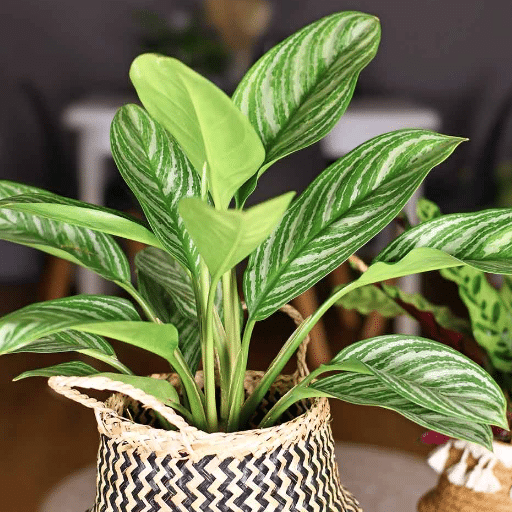
Selecting the Proper Plants
The first rule in this particular garden would be to go for the plants that can survive in conditions with a very low amount of light. Some of them include pothos, snake plants, and ZZ plants.
Watering
One should not water the plant more than what is required. Root rot can be prevented by slightly drying out the topsoil between waterings.
Humidity
Moderate humidity can be maintained by misting the leaves occasionally or putting a small tray of water nearby.
Dusting Leaves
Regular cleaning of the leaves ensures that dust is removed, and the plant can take in light for photosynthesis.
Fertilizing
Application of a diluted, balanced fertilizer monthly during the growing season will be a guarantee for decent growth.
The Location of Plant
The plant should be placed near a window that faces north or east, or if necessary, artificial lighting can be used to achieve the required light for the plant’s sustained growth.
With these simple steps, the low-light houseplants can not only survive but also enliven and beautify the indoor environment.
Plants that are kept in low-lighting conditions usually need watering less often than those in bright light. It is of great importance to let the upper one inch of the soil dry out before the next watering to avoid overwatering, which will ultimately rot the roots. Check the soil’s moisture levels with your finger before watering it and also make sure that the pot has good drainage to prevent water from getting accumulating. Depending on environmental changes, like in the case of winter when plants generally require less water, adjust your watering schedule correspondingly.
A well-drained, nutrient-rich potting mix that retains moisture without becoming waterlogged is the ideal soil for most houseplants. Adding organic matter such as compost or peat can enhance the soil’s nutrient and water retention qualities. Fertilizers should be applied during the growing season, usually in spring and summer, and a balanced, water-soluble fertilizer should be used at half strength to avoid over-fertilization. Always monitor your plants’ specific feeding needs, as too much fertilizer can still damage their roots and stifle growth.
The symptoms of stress in plants that are not getting enough light often consist of yellowing or shedding of leaves, reduced growth, or elongated stems as the plant tries to reach the light source. Other signs could be smaller or paler leaves and an overall decrease in the vigor of the plant. To resolve these problems, you can either transfer the plant to a brighter spot where it will get indirect sunlight or use grow lights. Furthermore, take care of your watering and nutrients properly, as imbalanced watering or fertilization can worsen the symptoms of stress. Taking regular observations of your plant can aid in the early identification and resolution of problems.
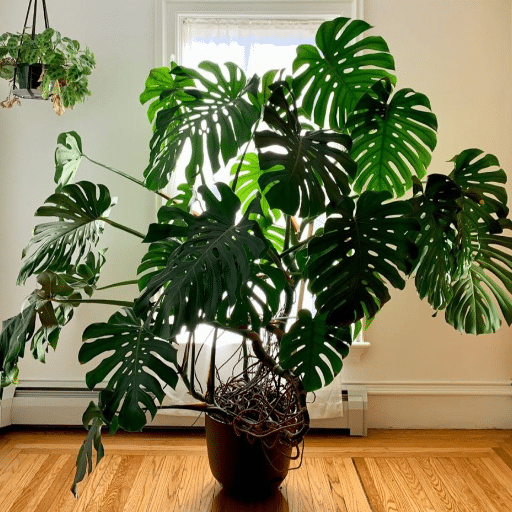
| Key Factors | Description |
|---|---|
| Light | The plants should be positioned in the places where they get the right amount of light. Most houseplants do well in bright, diffused sunlight. If there’s very little natural light, then apply grow lights. |
| Temperature | Keep the temperature steady between 65°F and 75°F. Don’t allow sudden temperature changes or drafts to occur. |
| Humidity | The ideal humidity level for most plants is 40-60%. In case of high-humidity plants, using a humidifier or placing a water tray nearby can be helpful. |
| Watering | Water regularly, letting the soil dry a little in between watering. The most frequent mistake is overwatering, so make sure the drainage is good. |
| Soil and Nutrients | Fifty per cent of the soil should be good-draining soil and the other half should be composed of moderately fertilized soil during the period of growth. |
The plants are indoor so they really need to be taken care of according to these factors.
The light and temperature requirements of your plants should be first considered when determining the best location for them indoors. Position plants that love sunlight in places with the most natural light coming through the windows, while those that need little light can be placed in the darker parts of the room. Do not put the plants in a drafty area or close to a heater since they might become distressed due to the sudden temperature difference. Also, make sure that the location allows for the growth of the plant and is not overcrowded so that air can circulate. The selection of the correct location is very important in maintaining the health of and prolonging the life of your plants.
The use of artificial light can be a good alternative to the plant’s reliance on natural light when the latter is not enough. Always go for full-spectrum grow lights because they replicate the sun and give out wavelengths that are essential for photosynthesis. Hanging the lights 6 to 12 inches above the plants is recommended, while you can alter the distance depending on the type of plant and the light’s intensity. For the plants to receive 12 to 16 hours of artificial light daily, you have to make sure the plants go through a dark period to encourage good growth cycles. Be attentive to your plants as to their signs of light stress, for instance, if you see they are getting discolored, move them to another position.
Humidity and temperature are the most important parameters for the success of your plant. Most of the houseplants flourish and grow during the 40%-60% humidity range, which can be controlled through the use of humidifiers or water basins. Keep a consistent temperature of around 65°F to 75°F, since the drastic fluctuations might be very stressful to the plants. When it comes to the placement of the plants, avoid putting them right under a fan, by a heater or near air conditioning as these will largely impact the conditions. To keep the environment suitable for your plants, check humidity and temperature daily with the respective tools and if necessary, make the required adjustments.
Martha Stewart: A detailed guide on 11 low-light houseplants that thrive in dark spaces, including popular options like Pothos, ZZ Plant, and Peace Lily. Source.
Gather Australia: A list of 16 houseplants that are well-suited for low-light conditions, featuring plants like the Cast Iron Plant and Aspidistra Elatior. Source.
Wageningen University Research: A scientific study revealing that shade plants capture more light for photosynthesis than previously expected, providing insights into their adaptability. Source.
Ferns constitute one of the major classes of low light plants and besides this, they also impart a rich and exotic atmosphere to your indoor areas. The bird’s nest fern is a favorite among the ferns when it comes to low-light conditions, and it can even become a nice plant in places where there is almost no light. Boston fern, among others, is also a kind of fern that prefers indirect light and is one that can live in indoor conditions. Providing them with moist leaves and stems will be something to take care of as they love humidity. Ferns in your house would be a good idea, but ensure that they are in places that are bright but with indirect light, like near a window for example. If you do everything right, ferns will be the star of your indoor plants collection.
Golden pothos is an excellent plant that can tolerate incredibly low light and at the same time, adapt to a wide range of light conditions. This climbing plant, with its pretty and colorful variegation, consisting of yellow and green leaves, is sometimes considered as a light-requiring plant but it is actually a low-light and up-light tolerant plant. To keep your golden pothos thriving, it’s a must to give it light, even if it has to be indirect. It can live in low light but will do better with more light and hence will grow faster. Water when the soil at the top inch is dry and cut back on the water in winter. The golden pothos will be very easy to take care of and thus, would be a good choice for busy people.
Syngonium or arrowhead vine is one of the best plants to decorate your house with if you are looking forlow-light houseplants. It’s a plant that does not mind the low light and will change its nature according to the environment of your home. The already pretty and sometimes pattern-like foliage has an additional function of giving your house decorative foliage. The arrowhead-vine can also be a plant you are going to have in a hanging pot where the vines can gracefully dip down creating a lovely look. They are said to be best in east or west-facing windows, but they can still do well in fairly dark places. However, do keep an eye on who is around, as this plant is poisonous if eaten by pets.
Best known for its durability and capability to grow in low-light environments, the ZZ plant has definitely earned its name as a “low-light-loving” plant. This low-light-tolerant plant has a high level of patience and thus does not require any maintenance, which makes it very suitable for the people who might forget to water the plant now and then. Thick and waxy leaves enable the plant to hold water and therefore survive in the dark. The plant does well in indirect light but on the other hand, it tolerates neglect and can even flourish in the darkest corners of your home. Watering should be done carefully, since too much of it could choke the roots and result in decay. Its good looks along with tough character, make the ZZ plant a fittingly addition to any indoor plant collection.